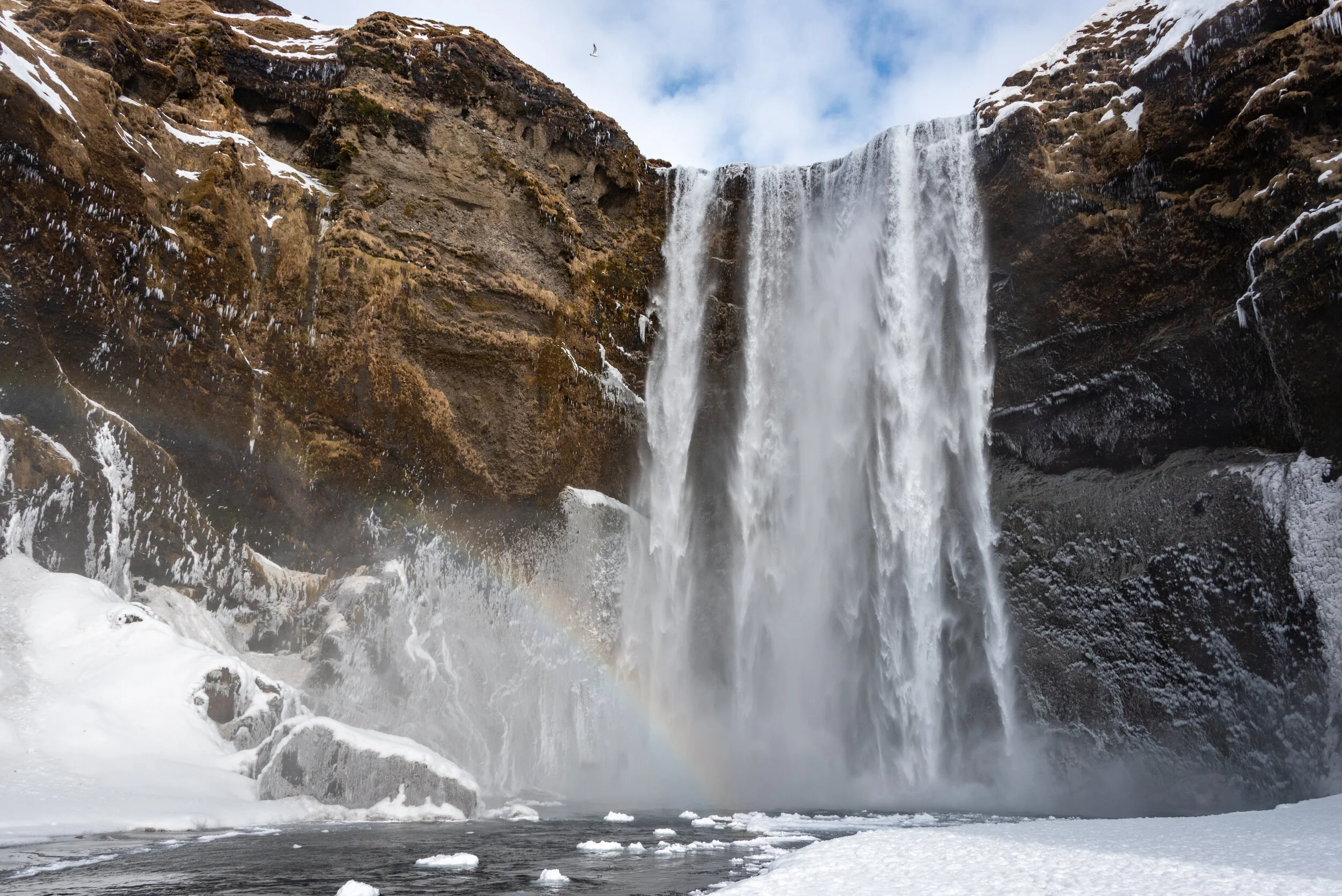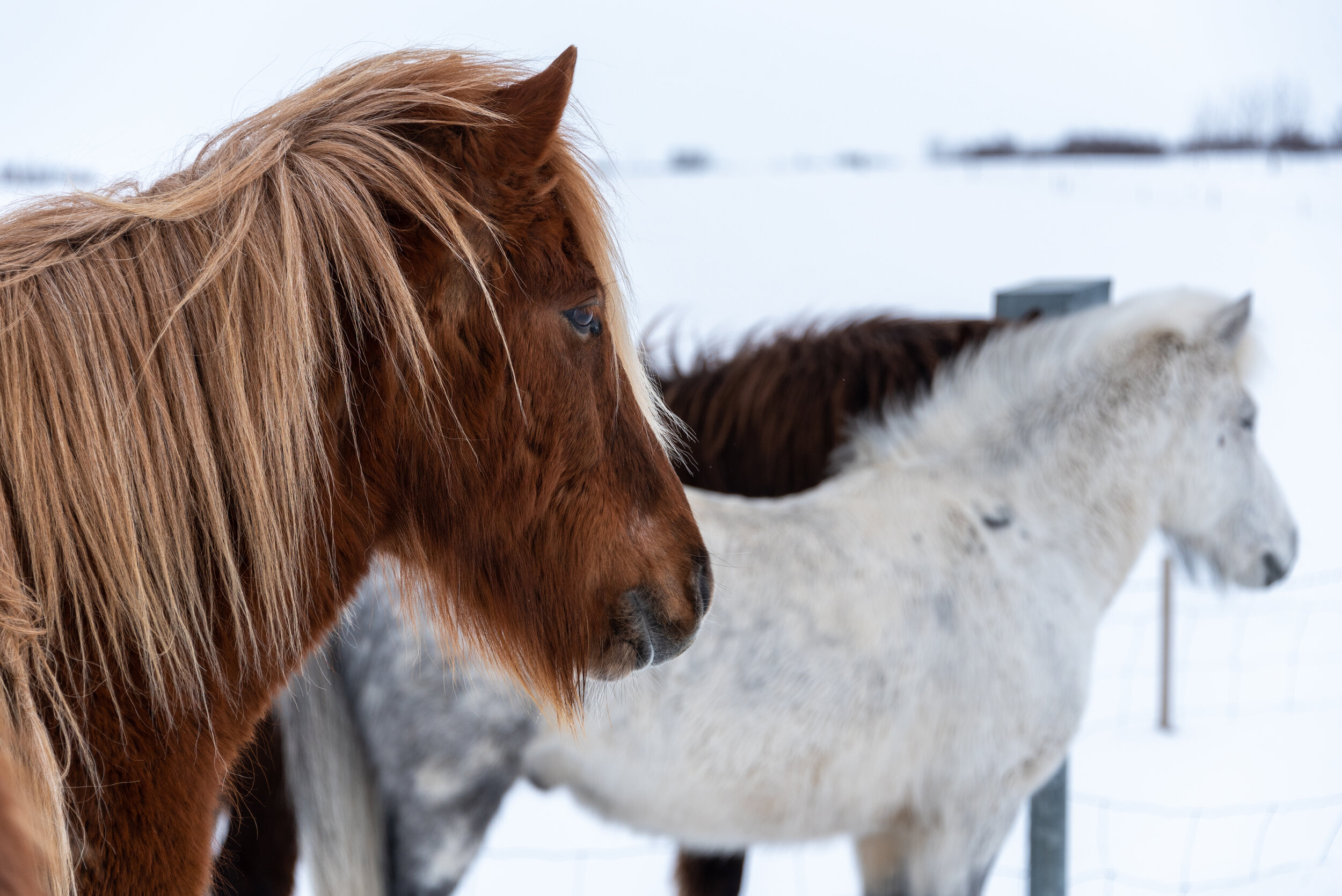Sitting on an impossibly stiff bed half draped in a mosquito net, I stared out the pane-less and screen-less window onto the patchwork of rice fields below, leading into the calm waters of the mountainous Ba Be lake. Outside was pure serenity, while inside our homestay we wrestled with the thought of an abrupt end to our months-long trip. With the spread of the Coronavirus reaching the West, a series of well-laid plans and re-plans was disintegrating before us. China: cancelled. Israel & Jordan: cancelled. Italy: cancelled. With our visas running out for Vietnam, we found ourselves potentially ending our trip within the next 48 hours. While we’d experienced more than our fair share of sights, sounds, and fun over the last few months, the thought of a sudden end, not on our own terms and before we were mentally prepared to return home, was troubling. Scrambling to salvage one last itinerary before giving in to the pressure to return, we looked for the perfect combination of isolation and connectivity, and booked our tickets.
Next stop: Iceland.
Trading heat and humidity for cold and snow, we arrived into the capital of Reykjavik just as a light dusting began to fall on the quaint streets of the small downtown district. Having not yet unpacked the layers that hadn’t seen the light of day since Nepal back in October, we were sufficiently frozen as we found our way to a small guesthouse outside of town. The feeling of warming up next to a steam heater was one we hadn’t experienced in what seemed like years, and, looking out the window at a blanket of snow covering cars and houses, the Hygge was in full effect.
In preparation for two weeks circling Iceland on the famous “Ring Road,” we stocked up on as many supplies as possible, considering that the cheapest meal you can buy in Iceland is a $6 hot dog, and their definition of street food is a $14 cup of soup. We’d also planned on camping so as to avoid the high cost of lodging, though one day driving through nothing but snow and ice quickly shelved that whole idea. Iceland in the spring is, for lack of a better term, icy. We checked hourly at the road and weather conditions, knowing it could all change in a matter of minutes, hoping to avoid the horror / adventure stories of travellers and their cars getting buried in an onslaught of snow.
We began our road trip heading towards the Golden Circle, a series of sights doable in a day trip from the capital, culminating in a viewpoint of Gulfoss, one of many spectacular waterfalls for which Iceland has become famous. The diversity of geological features is what makes Iceland so appealing. In one day, we stood on one edge of the North American tectonic plate, with the European plate off in the distance, as we walked between canyon walls and over crystal-clear waters, before heading up the road to Old-Faithful-like geysers spraying boiling water into the sky. Volcanic craters dot the horizon, as remnants of past eruptions sprinkle the roadside. Black volcanic rocks covered in layers of snow, the scene looked like we were surrounded by massive mounds of cookies and cream ice cream. With very few trees, the layers of snow remain perfectly smooth, glistening in the sun across the plains and down the mountain sides. In each and every small town we passed, we could count on seeing a stark, lonely church, and a community swimming pool. The Icelandic people love their swimming pools, treating them like the Italians treat their piazzas, a gathering place for socializing and enjoying the warm waters heated by the geothermal activity bubbling underneath the island. Pools often times come with views, saunas of course, and sometimes even water slides. Some are a bit harder to reach, as we hiked about 30 minutes into the mountains, avoiding the fabled Icelandic trolls along the way, to reach a pool situated at the foot of a mountain face with a view of the steep valley behind. The people may be hardened by the harshness of their environment, but they sure know how to enjoy the simple pleasures.
In the first three days of our trip we must have visited 10 waterfalls, each with their own unique character and majesty. Many of the falls have carved out the cliffside behind them, allowing visitors to walk behind for views through the waters. Unfortunately, since most of the landscape was still covered in feet of snow, we were unable to walk behind any of the famed falls during our trip. Regardless, the cascades themselves are quite beautiful, with viewpoints in front of, at ground level, and on top to be had at most locales. While the power of Gulfoss, with its multiple layers, was extraordinary, Skogafoss stands out, as it’s possible to walk right up to the base of the 200-foot falls as the sheet of water smoothly tumbles over the sheer cliff above. The whole island seems like a never-ending onslaught of picturesque waters in all sorts of states and motions. Rivers flowing through canyons, waterfalls roaring over cliffs, ice melting from glaciers and rooftops, snow falling in all directions, steam rising from natural vents in the earth and warm pools all around, and waves crashing from the surrounding ocean.
Moving towards the coast from the Golden Circle, we began weaving our way in and around the sea-front mountains that run straight into the icy waters of the Atlantic. With each corner turned, we’d find a new village nestled under a towering cliff, or a barn built straight into a rock, or, more often than not, a group of the most peculiar horses frozen in the white abyss, braving the winds and harsh temperatures. Icelandic horses are a bit stubbier than horses we’re used to seeing, with an extra layer of fur on their coat and a haircut that rivals Donald Trump’s. They’re happy to come say hello, though I think he mistook my fingers for carrots at one point, quickly nipping my hand and turning around once he realized I had no food to give. While the horses are quite majestic with their vibrant coats set against the blindingly white backdrop of a tree-less snow cover, it was the beaches that enthralled me the most. Black sands, with a backdrop of snow-covered mountains and violent crashing of waves, gave a whole different perspective on beachin’ it compared with the last couple months spent in Southeast Asia. The contrast of blue waters and white seafoam on the black beaches became such the norm that yellow sands started to seem boring and foreign. Many beaches come with a view of craggy islands just off shore, or basalt stacks where the sand meets the land, acting as some kind of step ladder for the monster trolls living in the caves. At the right time of year, the black beaches are inhabited by the adorable puffins, though we just barely missed the window.
With the views seemingly never ending, we followed the one road leading around the country, ocean on our right, mountains to the left, both searching for and attempting to avoid the falling and frozen waters from which this country gets its name.
Adventure on.


























